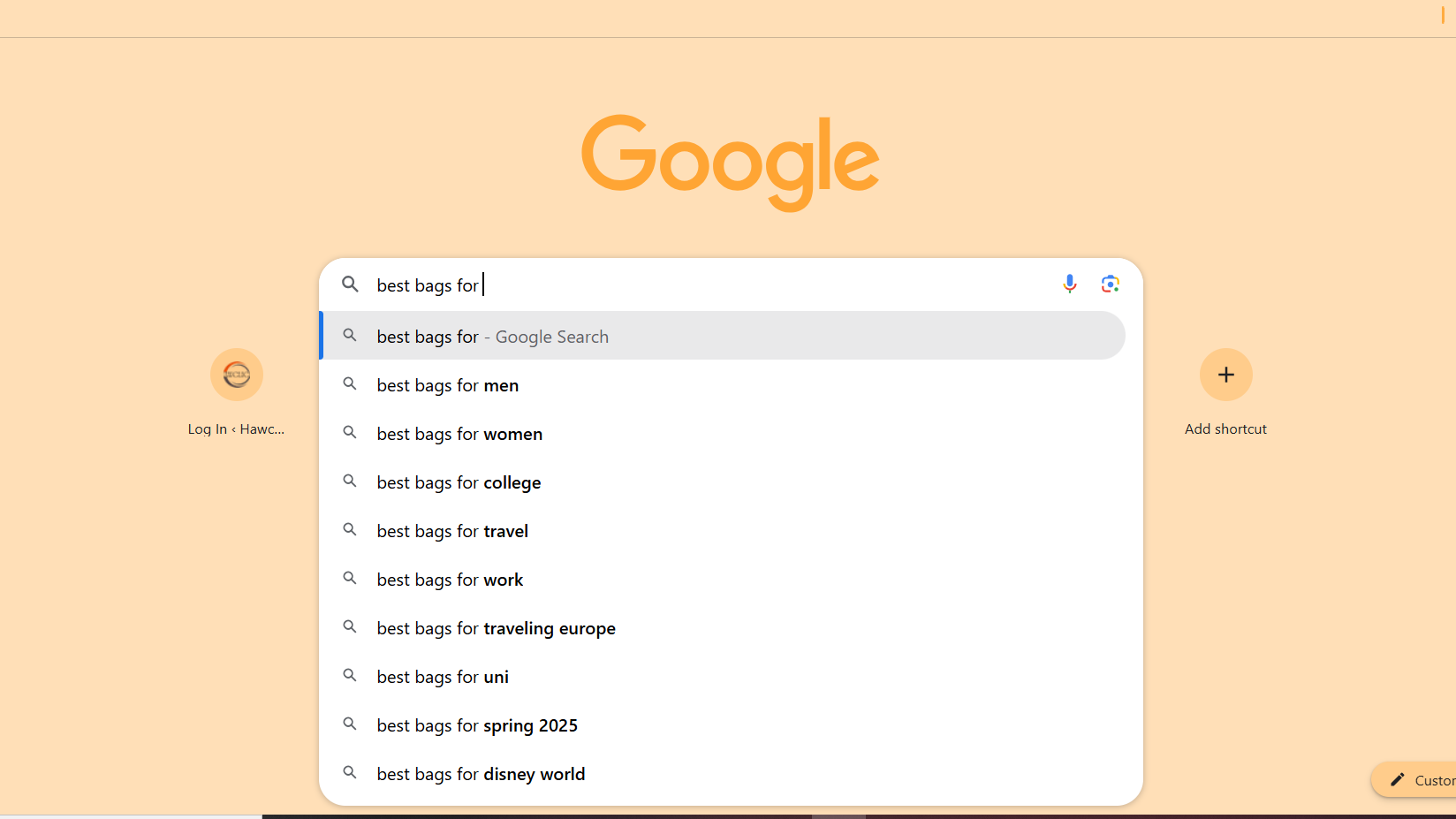Tara had always loved fashion—especially handbags. One day, she decided it was time to turn that passion into profit by starting her own small bag business. Excited, she picked out some designs, contacted a supplier, and even created an Instagram page. But after a few weeks, she realized no one was buying. Confused and frustrated, Tara asked herself: “Did I miss something?”
That’s when she discovered the power of the 3 market research process for small business —the missing link between a great idea and a successful business.
What is Market Research?(Market Research Process for small Business)
Market research is the process of gathering information about your target market—who they are, what they want, how they behave, and what influences their buying decisions. It involves studying your ideal customers, understanding industry trends, and analyzing your competitors to make smart, data-driven decisions.
The goal? To ensure you’re not just creating a product, but offering the right product to the right people in the right way.
Because at the end of the day, the key to sales is reaching the audience and knowing how to talk to them. Market research shows you exactly who you’re talking to, what matters to them, and how to position your product so it actually connects—and converts.
Why Tara Struggled (And Why You Might Too)
Tara skipped a crucial step—market research. She didn’t know who her ideal customer was, what type of bags were in demand, how much people were willing to pay, or who her competitors were. Without this knowledge, even her most beautiful designs sat unsold. Like many aspiring entrepreneurs, she assumed passion alone would drive sales, but without direction, it led to disappointment.
How to Do Market Research (Step-by-Step)
Here’s a simple guide Tara—and anyone starting a business—can follow
- Identify Your audience Segment
- Verify Audience Demand
- Create Key Messages
Step 1 Identify Your Audience Segment
- Use Google Autosuggest to find common search terms related to your Product; Google Autosuggest is one of the most reliable tools to know what people are searching for on Google
- What to do: Open Google.com in Incognito Mode to get unbiased search suggestions.
- Set Region in Google Preferences to match location where you plan to sell your product e.g Nigeria
- Type “best (product) for” into the search bar and look at the auto-complete suggestions
- Write down the 3 most relevant audience groups that show up in the suggestions

The goal is to find the 3 specific people most likely to buy your product. This helps you focus on the right customers and create messages that connect with them
Step 2: Verify Audience Demand
Consistence sales needs consistence demands; What to do
- Go to Google Trends and compare search Volumes: it is a free tool that shows what people are searching for overtime.
- Go to Trends.Google.com and search for your benchmark keyword ( the main category of your product).. ” your benchmark keyword should have a score of 50 or higher.
- Compare the benchmark with keywords representing each audience segments .
- A score of 30 or higher : indicates steady demand
- a consitent trend line: Aviod large spikes or dips in interest

The Goal is for Tara to confirm which audience groups are worth targeting based on long-term demand;
Step 3 : Create key message: Market Research Process for small Business
Key message is the fastest thing that our audience sees that grabs their attention.
- picture the situations where your audience would use your product
- Identify the biggest problem they face in those situation
- write down how your products solve that problem
- combine the problem and solution into a short, impactful message
Creating a clear message for your audience by linking their problems to how your product solves them.. by so doing, You will have a clear message for each audience segment, ready to use in your marketing materials.
Product Information
After realizing the importance of the 3 market research process for her small business, Tara took a new approach to her bag business. She learned that selling wasn’t just about showcasing pretty pictures—it was about providing the right information that helped customers make confident buying decisions. So, she started including key product details like features, dimensions, weight, capacity, materials used, warranty information, usage and care instructions, available colors, and even the recommended price. With this clarity, her brand started gaining trust, and customers felt more informed and ready to buy
Market Research process for your small business Isn’t Optional
Before you pour energy into logos, ads, or packaging, start with research. Just like Tara, your business needs a solid foundation. Market research gives you clarity, direction, and confidence. It’s not just for big companies—it’s for smart entrepreneurs like you.


